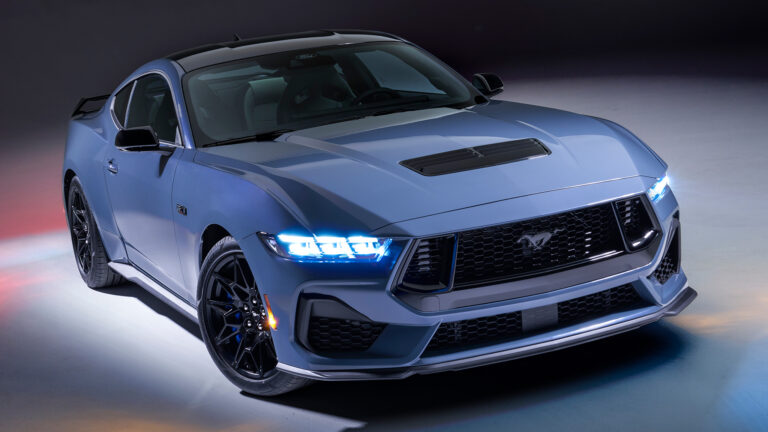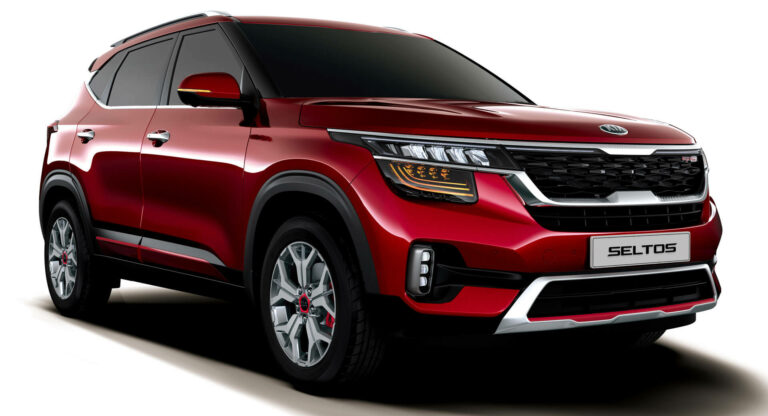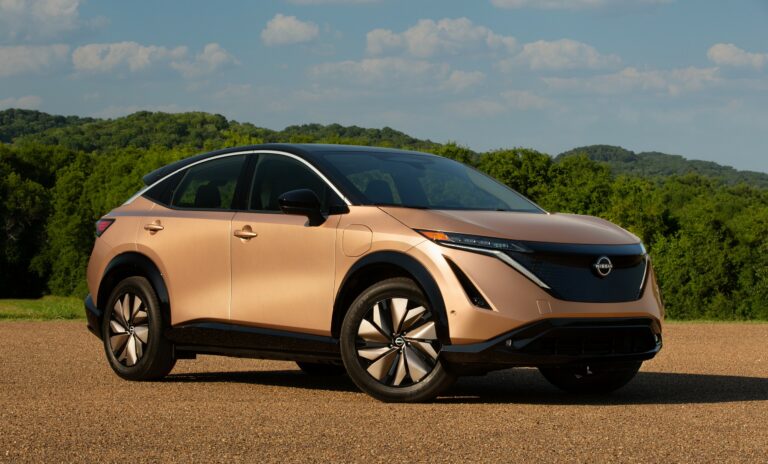All Car Brands: A Comprehensive Guide to the Global Automotive Landscape
All Car Brands: A Comprehensive Guide to the Global Automotive Landscape cars.truckstrend.com
The automotive world is a vibrant tapestry woven from innovation, heritage, and relentless competition. At its heart lies the concept of "All Car Brands" – a sprawling ecosystem encompassing every manufacturer, from century-old giants to disruptive new entrants. Understanding this diverse landscape is not merely an academic exercise; it’s crucial for consumers making one of life’s most significant purchases, for industry professionals tracking trends, and for enthusiasts appreciating the sheer breadth of human ingenuity on wheels. This guide delves into the multifaceted realm of car brands, offering a comprehensive overview of their categories, characteristics, and the dynamic forces shaping their future.
The Global Automotive Landscape: A Brand Overview
All Car Brands: A Comprehensive Guide to the Global Automotive Landscape
A car brand is more than just a logo; it represents a unique identity, a promise of quality, performance, and a specific driving experience. From the sleek lines of a luxury sedan to the rugged utility of an SUV, each brand strives to carve out its niche in a fiercely competitive market. The sheer number of car brands globally is staggering, encompassing hundreds of distinct names, many of which are part of larger automotive groups or conglomerates.
Historically, the automotive industry began with independent pioneers in Europe and North America. Over time, consolidation became a dominant theme, leading to the formation of massive multinational corporations like Volkswagen Group, Stellantis, Toyota, and General Motors. These conglomerates often own multiple brands, each targeting different market segments, allowing them to leverage shared platforms, technology, and supply chains while maintaining distinct brand identities. For instance, Volkswagen Group includes Audi, Porsche, Lamborghini, Skoda, and Seat, among others.
Geographically, the automotive landscape is dominated by several key regions. Asia, particularly Japan (Toyota, Honda, Nissan) and South Korea (Hyundai, Kia), has long been a powerhouse known for reliability and efficiency. Europe boasts a rich heritage of luxury, performance, and engineering excellence (Mercedes-Benz, BMW, Audi, Ferrari, Volvo, Peugeot, Fiat). North America is home to iconic brands known for their trucks, SUVs, and muscle cars (Ford, Chevrolet, Ram, Cadillac). More recently, China has emerged as a major player, not just as the world’s largest market but also as a hub for innovative domestic brands (BYD, Geely, Nio, Xpeng) rapidly gaining global traction, especially in the electric vehicle (EV) segment.
Categorizing Car Brands: More Than Just a Logo
To make sense of the vast array of car brands, it’s helpful to categorize them based on various criteria. This not only helps consumers narrow down choices but also provides insight into market strategies and brand positioning.
1. By Origin/Geography:
- Japanese: Toyota, Honda, Nissan, Mazda, Subaru, Suzuki, Mitsubishi, Lexus (Toyota’s luxury arm), Acura (Honda’s luxury arm), Infiniti (Nissan’s luxury arm). Known for reliability, efficiency, and advanced technology.
- German: Mercedes-Benz, BMW, Audi, Volkswagen, Porsche, Opel (part of Stellantis). Renowned for engineering precision, luxury, performance, and safety.
- American: Ford, Chevrolet, Ram, GMC, Cadillac, Lincoln, Tesla, Rivian, Lucid. Historically known for large vehicles, trucks, and muscle cars; now at the forefront of EV innovation.
- Korean: Hyundai, Kia, Genesis (Hyundai’s luxury arm). Rapidly gaining market share with stylish designs, value, and robust warranties.
- European (Other): Volvo (Swedish, owned by Geely), Peugeot, Citroën, DS, Fiat, Alfa Romeo, Lancia (all part of Stellantis), Renault, Dacia (Romanian, owned by Renault), Skoda, Seat (both part of VW Group), Ferrari, Lamborghini, Maserati (Italian). Diverse range from practical to ultra-luxury.
- Chinese: BYD, Geely (owns Volvo, Polestar, Lotus), Nio, Xpeng, Li Auto, Great Wall Motor. Rapidly expanding, particularly in EVs, offering competitive technology and value.
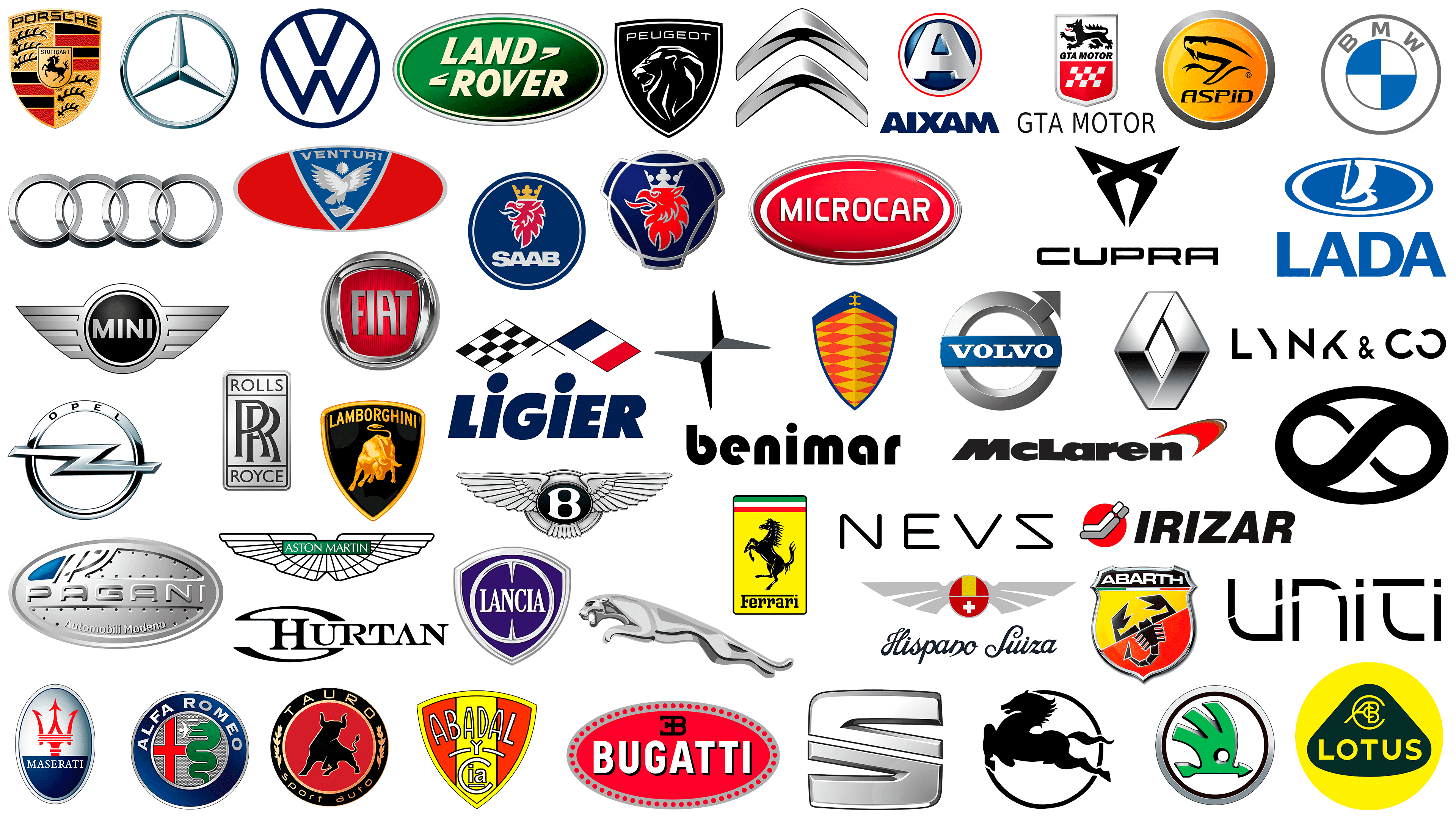
2. By Market Segment/Tier:
- Economy/Budget: Brands focused on affordability, fuel efficiency, and essential features. Examples: Dacia, Suzuki (some models), Mitsubishi (some models).
- Mainstream/Volume: The largest segment, offering a wide range of vehicles for everyday use, balancing price, features, and reliability. Examples: Toyota, Honda, Ford, Volkswagen, Nissan, Hyundai, Kia, Chevrolet.
- Premium/Luxury: Brands emphasizing advanced technology, superior comfort, refined performance, and prestige. Examples: BMW, Mercedes-Benz, Audi, Lexus, Volvo, Acura, Cadillac, Genesis.
- Performance/Sports: Dedicated to high-speed, dynamic handling, and exhilarating driving experiences. Often niche or specific models from larger brands. Examples: Porsche, Ferrari, Lamborghini, McLaren, Aston Martin, specific "M" (BMW) or "AMG" (Mercedes) sub-brands.
- Ultra-Luxury/Exotic: At the pinnacle of exclusivity, offering bespoke craftsmanship, extreme performance, and immense prestige. Examples: Rolls-Royce, Bentley, Bugatti, Koenigsegg.
- Electric Vehicle (EV) Specialists: New brands or existing ones primarily focused on electric powertrains, often pushing technological boundaries. Examples: Tesla, Rivian, Lucid, Nio, Polestar.
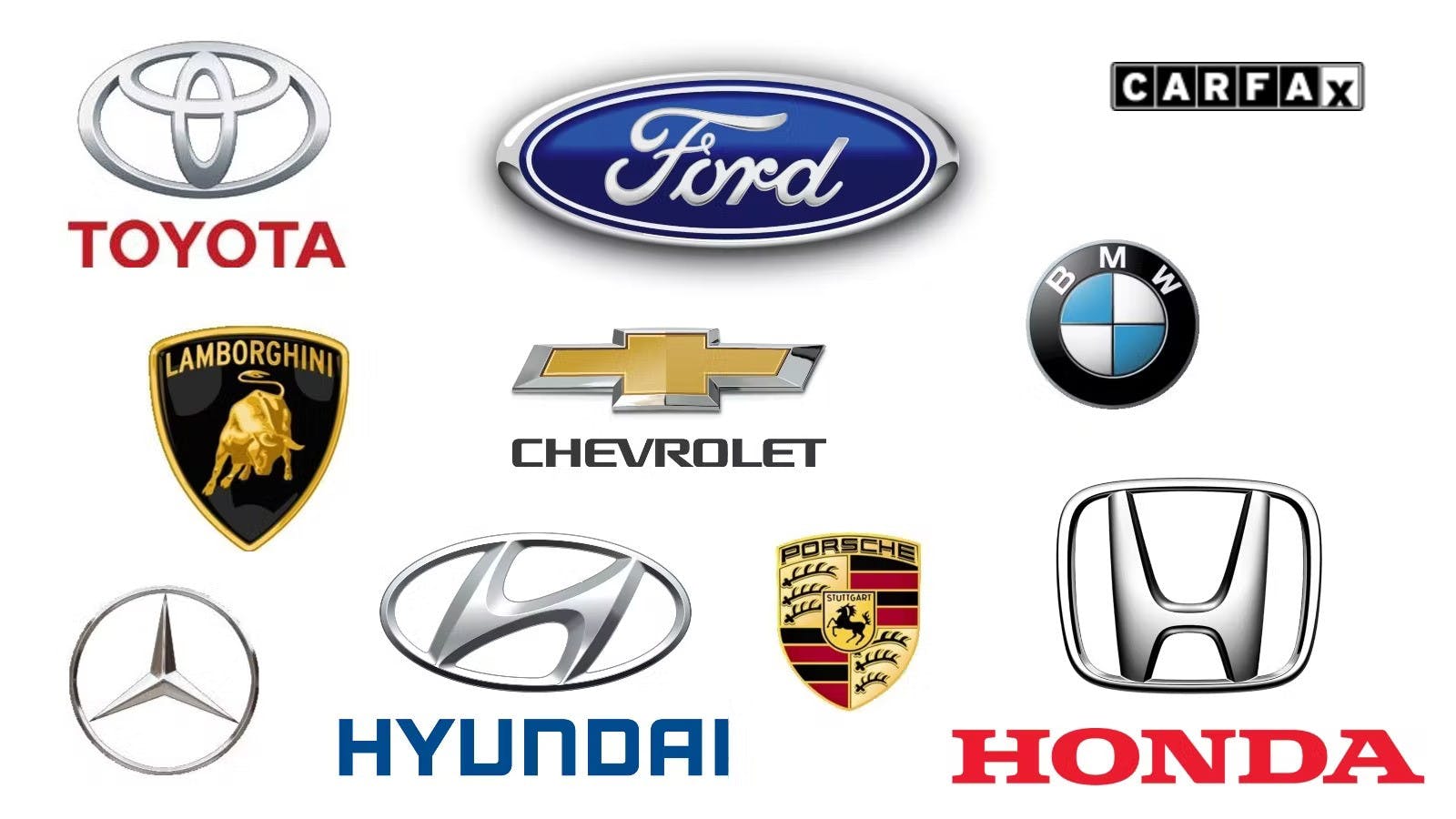
Key Factors Driving Brand Identity and Success
The longevity and success of a car brand depend on a complex interplay of factors, constantly adapting to consumer demands and technological advancements.
- Innovation & Technology: The ability to introduce cutting-edge features, especially in electrification (battery range, charging speed), autonomous driving aids (ADAS), and in-car connectivity, is paramount. Brands that fail to innovate risk obsolescence.
- Design & Aesthetics: Visual appeal is a primary driver for many buyers. Brands develop a distinct design language that evolves but remains recognizable, conveying their core values (e.g., Mercedes-Benz’s elegance, BMW’s sportiness, Jeep’s ruggedness).
- Reliability & Durability: A brand’s reputation for building dependable vehicles that withstand the test of time is invaluable. Consumer reports and longevity studies heavily influence buyer trust.
- Performance & Driving Dynamics: For many, the "feel" of the car matters. This includes engine power, acceleration, handling, braking, and overall responsiveness.
- Safety Features: With increasing awareness and stricter regulations, advanced safety systems (collision avoidance, lane-keeping, adaptive cruise control) are no longer luxuries but expectations.
- Sustainability & Environmental Impact: Growing consumer and regulatory pressure means brands must demonstrate commitment to reducing their carbon footprint through efficient engines, EVs, and sustainable manufacturing processes.
- Marketing & Brand Perception: Effective advertising, sponsorship, and a consistent brand message build image and desirability. Heritage and racing success also play a significant role for many brands.
- After-sales Service & Network: A strong dealership network, readily available parts, and excellent customer service are critical for long-term customer satisfaction and loyalty.
Navigating the Brand Maze: Practical Advice for Consumers
With hundreds of brands and thousands of models, choosing a car can be overwhelming. Here’s how to navigate the "All Car Brands" landscape effectively:
- Identify Your Needs and Budget: Before looking at brands, define what you need. What’s your primary use (commute, family, off-roading)? How many passengers? What’s your realistic budget for purchase, insurance, fuel/charging, and maintenance?
- Research Broadly, Then Narrow Down: Start by exploring different brand categories (e.g., mainstream SUVs, luxury sedans). Read reviews from reputable automotive publications, consumer reports (like Consumer Reports, J.D. Power), and owner forums. Pay attention to long-term reliability and depreciation.
- Understand Ownership Costs Beyond Purchase Price: A cheaper car to buy might be more expensive to own due to higher insurance, poor fuel economy, or costly maintenance/parts. Consider the total cost of ownership over several years.
- Test Drive Multiple Brands and Models: A car looks and feels different in person. Test drive competitors within your desired segment. Pay attention to ergonomics, visibility, technology interface, and how the car handles.
- Embrace the Rise of EVs and New Entrants: Electric vehicles are rapidly gaining prominence. Don’t dismiss newer EV-focused brands without research. They often offer cutting-edge technology and unique ownership experiences. Similarly, be open to exploring brands that might be less common in your region but offer great value or specific features.
- Consider Future Trends: The industry is moving towards greater connectivity, autonomy, and subscription-based services. While not immediately impactful for every purchase, understanding these trends can inform your decision, especially if you plan to keep the vehicle for many years.
Challenges and Evolution in the Automotive Brand World
The automotive industry is in a constant state of flux, presenting both challenges and opportunities for car brands worldwide.
- Intense Competition: The global market is saturated, with established players vying for market share against aggressive new entrants, especially from China.
- Technological Disruption: The rapid shift from internal combustion engines (ICE) to electric vehicles (EVs) requires massive investment in R&D, manufacturing facilities, and charging infrastructure. Software development is also becoming as crucial as hardware.
- Supply Chain Vulnerability: Recent events like the semiconductor shortage highlighted the fragility of global supply chains, impacting production and sales across the board.
- Environmental Regulations: Increasingly stringent emissions standards and carbon neutrality goals push brands to innovate rapidly, often at significant cost.
- Changing Consumer Preferences: Younger generations often prioritize connectivity, shared mobility, and sustainability over traditional ownership models or performance metrics.
- Consolidation and Alliances: To mitigate risks and share costs for R&D (especially in EVs and autonomous tech), many brands are forming strategic alliances or undergoing mergers, leading to larger, more complex conglomerates.
All Car Brands: A Representative Price and Category Overview
While providing "all complete information" on pricing for every single car brand is impractical due to constant model changes, regional variations, and trim levels, the following table offers a useful categorization of brands with their typical new car price ranges and key characteristics. This helps illustrate the broad spectrum of the automotive market.
| Brand Category | Typical New Car Price Range (USD) | Key Characteristics | Example Brands |
|---|---|---|---|
| Economy/Budget | $15,000 – $25,000 | Affordability, fuel efficiency, basic features, value for money | Dacia, Suzuki (some models), Mitsubishi (some models), Chevrolet Spark |
| Mainstream/Volume | $25,000 – $50,000 | Versatility, reliability, wide range of models, balanced features | Toyota, Honda, Ford, Volkswagen, Nissan, Hyundai, Kia, Mazda |
| Premium/Luxury | $45,000 – $100,000 | Performance, advanced tech, superior comfort, prestige, brand heritage | BMW, Mercedes-Benz, Audi, Lexus, Volvo, Acura, Cadillac, Genesis |
| Performance/Sports | $50,000 – $200,000+ | High-horsepower, dynamic handling, specialized design, driving exhilaration | Porsche, Chevrolet Corvette, AMG (Mercedes), M-series (BMW), Lotus, Alfa Romeo (some models) |
| Ultra-Luxury/Exotic | $150,000 – $1,000,000+ | Exclusivity, bespoke features, extreme performance, limited production, heritage | Rolls-Royce, Bentley, Ferrari, Lamborghini, McLaren, Bugatti, Koenigsegg |
| EV Specialists | $35,000 – $150,000+ | Electric powertrain, cutting-edge tech, sustainability focus, unique user interfaces | Tesla, Rivian, Lucid, Nio, Polestar, BYD (some models) |
Note: Prices are approximate for base models and can vary significantly based on trim levels, options, region, and market conditions. This table is illustrative, not exhaustive.
Frequently Asked Questions (FAQ) About All Car Brands
Q1: How many car brands are there globally?
A1: It’s difficult to give an exact number as it constantly changes due to new entrants, defunct brands, and sub-brands within larger groups. However, there are hundreds of distinct car brands worldwide, with major automotive groups owning dozens of these.
Q2: What are the largest car brands by sales volume?
A2: Typically, the largest by sales are Toyota, Volkswagen Group, Hyundai-Kia, General Motors, Stellantis, and Ford. These groups encompass multiple brands under their umbrella.
Q3: Which car brands are considered the most reliable?
A3: Reliability ratings vary by source (e.g., J.D. Power, Consumer Reports), but consistently high performers often include Japanese brands like Toyota and Lexus, and increasingly, Korean brands like Hyundai and Kia.
Q4: Are Chinese car brands becoming globally significant?
A4: Absolutely. Chinese brands like BYD, Geely (which owns Volvo and Polestar), Nio, and Xpeng are rapidly expanding their global footprint, particularly in the electric vehicle segment, offering competitive technology and value.
Q5: What’s the difference between a car brand and an automotive group/conglomerate?
A5: A car brand is a specific marque or nameplate (e.g., Audi, Fiat, Jeep). An automotive group or conglomerate is a larger parent company that owns multiple car brands (e.g., Volkswagen Group owns Audi, Stellantis owns Fiat and Jeep). This allows for shared platforms, technology, and economies of scale.
Q6: How do new car brands emerge in today’s market?
A6: Most new car brands today emerge as electric vehicle (EV) startups, leveraging new technologies and a focus on sustainability (e.g., Rivian, Lucid). Some also arise from diversification efforts by existing technology companies or through partnerships.
Conclusion
The world of "All Car Brands" is a testament to human innovation, economic power, and evolving mobility needs. It’s a dynamic, competitive, and endlessly fascinating landscape, continually reshaped by technological advancements, environmental imperatives, and shifting consumer preferences. For the consumer, understanding this vast ecosystem is key to making informed decisions that align with their lifestyle, budget, and values. For the industry, it’s a relentless pursuit of excellence, pushing boundaries in design, performance, and sustainability. As we look to the future, the automotive brand landscape will undoubtedly continue to evolve, promising even more exciting and diverse options for how we move.

